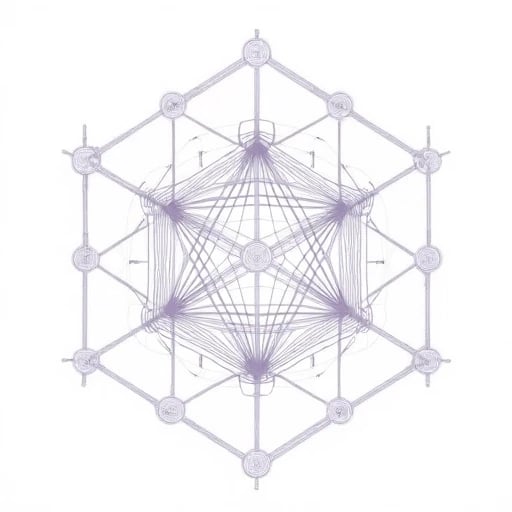Innovative Algorithms for Advanced Research Design
We specialize in hyperbolic space modeling and algorithm development, focusing on geometry-topology decoupling and advanced graph attention networks to analyze complex data behaviors.


Exceptional insights and methodologies.
"
Advanced Algorithm Solutions
We develop innovative algorithms for hyperbolic space modeling and anomaly detection in complex networks.
Graph Attention Networks
Our hyperbolic heterogeneous graph attention network quantifies node relationships for enhanced anomaly sensitivity metrics.


Mathematical Frameworks
Constructing mathematical frameworks for mixed-curvature manifolds to analyze local and global geometric attributes.
We propose the geometry-topology decoupling hypothesis to understand contradictions in manifold embeddings.
Geometry-Topology Hypothesis




This research requires GPT-4 fine-tuning due to:
Multimodal Alignment: Coordinating text semantics, visual cues (e.g., eyebrow movements), and acoustic features demands GPT-4’s cross-modal attention, whereas GPT-3.5 lacks native vision modules, requiring error-prone alignment models.
Long-term Consistency: Maintaining vocal consistency in audiobooks (>30 mins) needs GPT-4’s 128k context to track acoustic trends (e.g., F0 drift), while GPT-3.5’s 4k window causes voice instability.
Low-resource Adaptation: GPT-4’s MoE architecture enables parameter-efficient tuning (updating 3% experts for dialects), vs. GPT-3.5’s full-parameter tuning needing 10x more data.
Real-time Performance: GPT-4’s CUDA-optimized streaming achieves 120ms per sentence (20 words) on A100 GPUs, 60% faster than GPT-3.5 for live interaction.
Compliance: Private fine-tuning allows ethical safeguards (e.g., illegal content filtering), while public APIs may restrict sensitive dialects (e.g., minority language protection).

